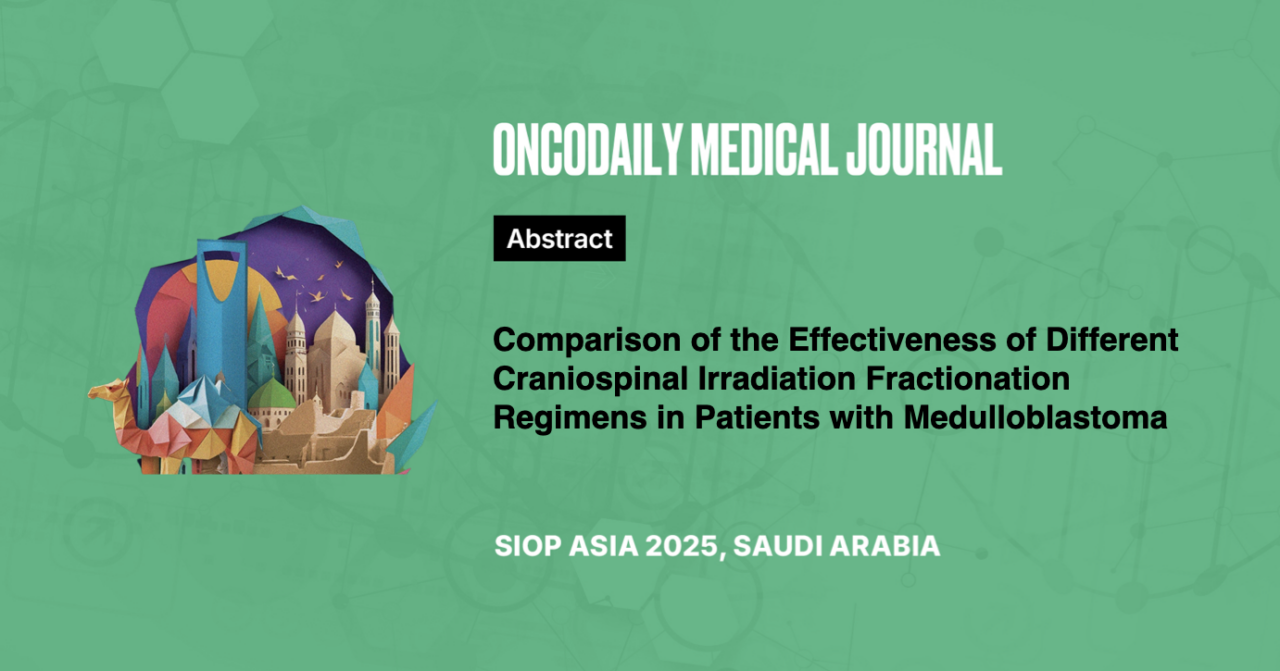Comparison of the Effectiveness of Different Craniospinal Irradiation Fractionation Regimens in Patients with Medulloblastoma
Abstract
Introduction: In an attempt to enhance the therapeutic effect of craniospinal irradiation (CSI) through dose escalation, a retrospective study investigated the use of radiotherapy in a hyperfractionated mode (HFRT). The aim of this study was to compare event-free survival (EFS) and overall survival (OS) in children and adolescents with medulloblastoma who received radiotherapy in standard fractionation mode (STRT) versus hyperfractionation mode (HFRT).
Methodology: A total of 175 patients, aged from 9 months to 16.5 years, who received radiotherapy from 2014 to 2023, were retrospectively analyzed. Among them, 41 patients received radiotherapy in HFRT mode (CSI with a total dose of 40 Gy, daily dose of 1 Gy, 2 sessions/day), and 131 patients received STRT mode (CSI with total doses ranging from 23.4 Gy to 36 Gy, average dose 32.1 Gy). Radiotherapy for 131 patients was administered at the Dmitry Rogachev National Medical Research Center for Pediatric Hematology, Oncology, and Immunology.
Results and Conclusion: The median follow-up was 3.7 years. Survival rates did not differ significantly between the two patient groups: 5-year EFS was 63.2% ± 9.9% in the HFRT group and 68.1% ± 4.4% in the STRT group, while 5-year OS was 73.3% ± 10.3% and 79.8% ± 4.2%, respectively. The results were compared between STRT and HFRT groups based on gender, degree of resection, histological tumor subtype, molecular-genetic group, and disease stage. Significant differences were identified only among patients with M3 stage disease who showed a partial response after chemotherapy before radiotherapy. Differences were observed only in 5-year EFS, which was 83.3% ± 15.5% for HFRT and 70% ± 14.5% for STRT (p=0.02).





